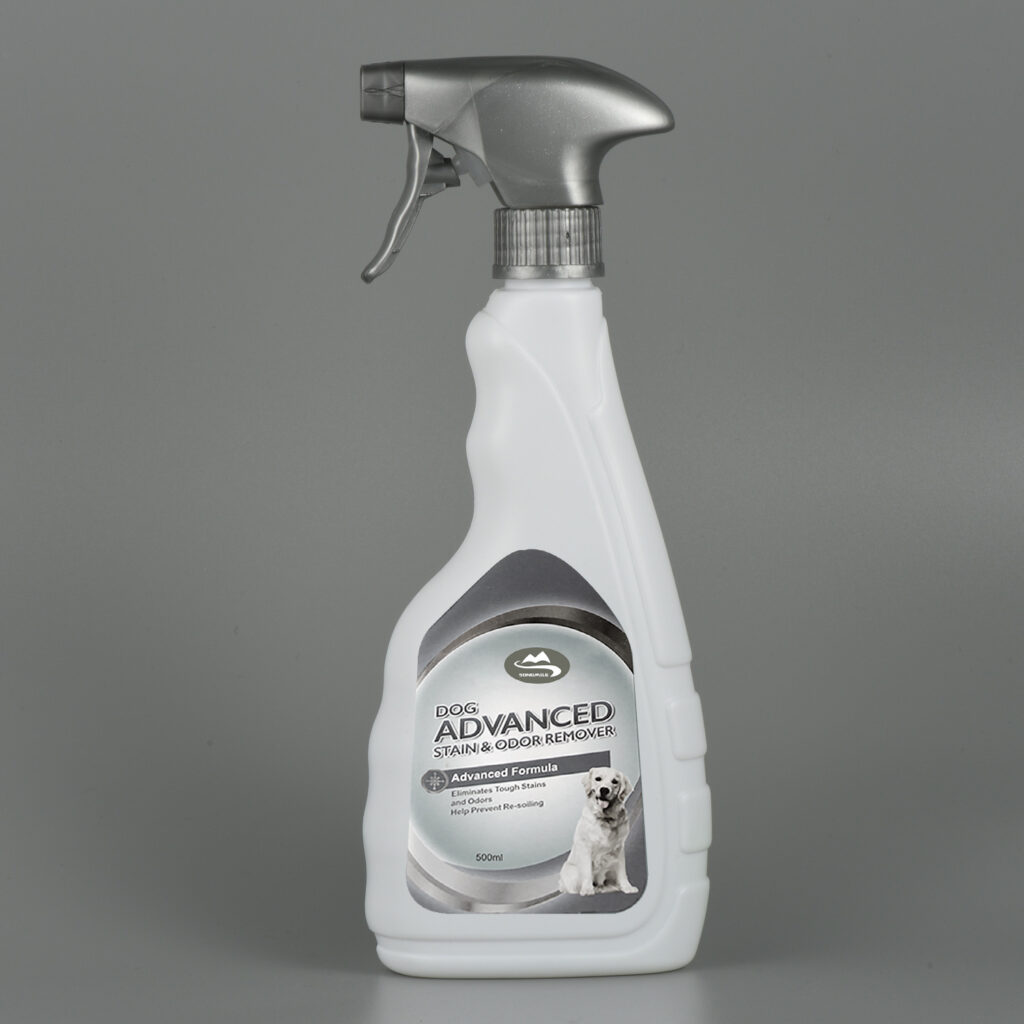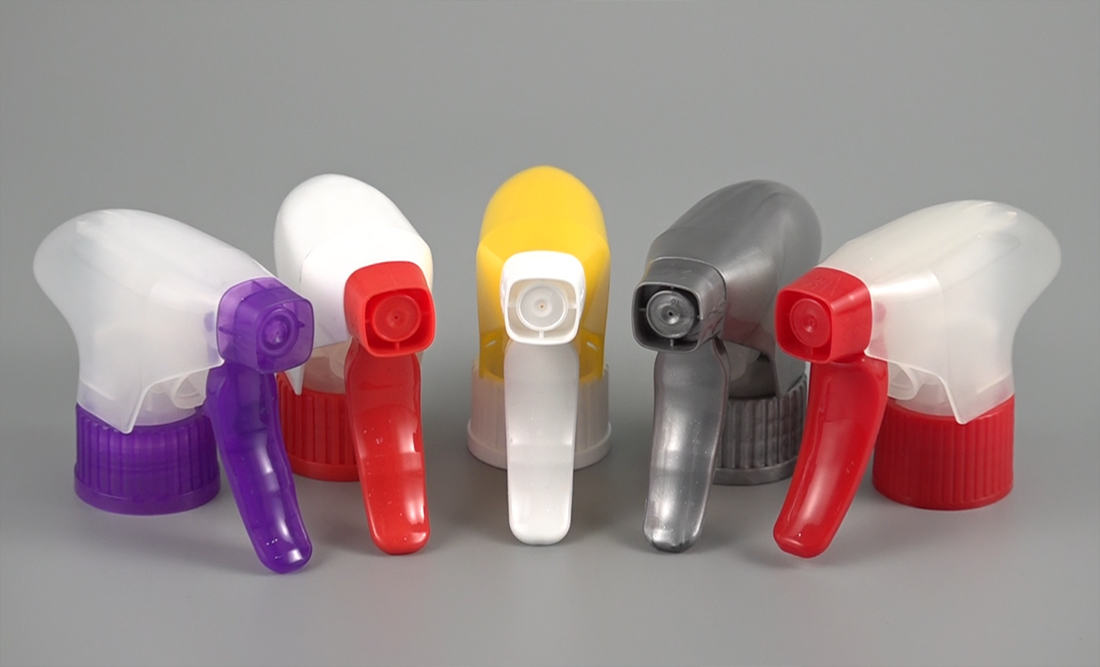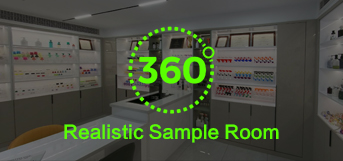An all-plastic trigger sprayer typically includes the following components and characteristics:

- Plastic Construction: The all-plastic square gun is made entirely of plastic, including the trigger, nozzle and housing. This makes it lightweight and corrosion resistant.
- Trigger Mechanism: The trigger mechanism is designed to be simple and easy to operate, allowing the user to comfortably pull the trigger to release the spray.
- Nozzle: The nozzle disperses the liquid into a fine mist or fine stream. The nozzle is adjustable to control the spray pattern.
- Chemical Compatibility:All-plastic trigger sprayers are frequently built to be chemical and liquid friendly, allowing them to be used with a wide range of cleaning solutions, disinfectants, and other liquids.
- Durability: Although made of plastic, these trigger sprayers are built to last and can withstand continuous usage and exposure to a range of chemicals without deteriorating.
- Versatile: They can be used for a multitude of purposes, including domestic cleaning, gardening, car care, and janitorial work.
- Easy to Maintain: Plastic trigger sprayers are frequently intended to be removed and cleaned for simple replacement.
- Bottle Compatible: These trigger sprayers are designed to accommodate a variety of bottles by adhering to conventional bottle neck diameters.











